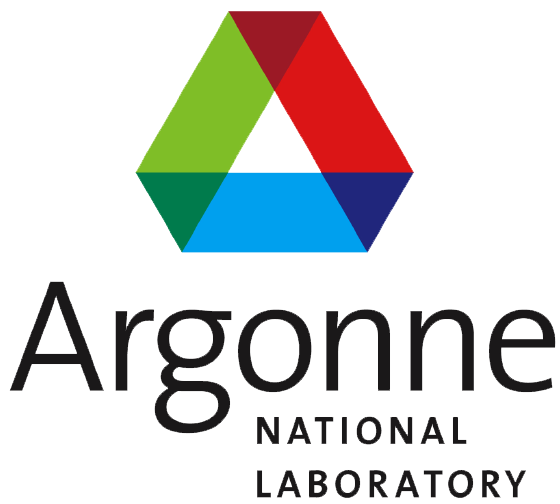Hello, Cyclus! [C++]¶
This pages walks you through a very simple hello world example using Cyclus agents. First make sure that you have the dependencies installed, namely Cyclus, CMake, and a recent version of Python (3.11+).
First, you need to use cycstub to generate a skeleton code base
that you can use to quick-start new Cyclus module development projects.
cycstub is installed with the main cyclus kernel and should be
available wherever cyclus is available.
To use cycstub to generate the skeleton for a new Facility archetype named TutorialFacility in
a module named TutorialLibrary you can issue the following command:
$ cycstub --type facility tutorial:TutorialLibrary:TutorialFacility
This will populate the tutorial directory with a number of files and subdirectories
that should already be complete for building a new archetype. Without any changes, this archetype
will not do anything, but will be a valid archetype for use in a simulation.
You can add additional agents to this module by calling cycstub multiple times:
$ cycstub --type inst tutorial:TutorialLibrary:TutorialInstitution
$ cycstub --type region tutorial:TutorialLibrary:TutorialRegion
Let’s now change the behavior of the TutorialFacility’s Tick() &
Tock() member functions to print “Hello” and “World” respectively. To do
this, please open up the src/tutorial_facility.cc file in your
favorite text editor (e.g., vim, emacs, gedit, VS Code).
Change the original functions to look like:
Original Tick() and Tock() in src/tutorial_facility.cc:
void TutorialFacility::Tick() {}
void TutorialFacility::Tock() {}
New Tick() and Tock() in src/tutorial_facility.cc:
void TutorialFacility::Tick() {std::cout << "Hello, ";}
void TutorialFacility::Tock() {std::cout << "World!\n";}
Now that we have altered the behavior of the TutorialFacility, let’s compile and
install the tutorial project. This done with the install.py script.
The install script puts the project into your cyclus userspace,
${HOME}/.local/lib/cyclus.
$ python3 install.py
Let’s run Cyclus with the TutorialFacility! In the input directory there is
an example_tutorial_facility.xml. Running Cyclus on this file with the command
cyclus example_tutorial_facility.xml should produce the following output.
$ cyclus example_tutorial_facility.xml
:
.CL:CC CC _Q _Q _Q_Q _Q _Q _Q
CC;CCCCCCCC:C; /_\) /_\)/_/\\) /_\) /_\) /_\)
CCCCCCCCCCCCCl __O|/O___O|/O_OO|/O__O|/O__O|/O____________O|/O__
CCCCCCf iCCCLCC /////////////////////////////////////////////////
iCCCt ;;;;;. CCCC
CCCC ;;;;;;;;;. CClL. c
CCCC ,;; ;;: CCCC ; : CCCCi
CCC ;; ;; CC ;;: CCC` `C;
lCCC ;; CCCC ;;;: :CC .;;. C; ; : ; :;;
CCCC ;. CCCC ;;;, CC ; ; Ci ; : ; : ;
iCC :; CC ;;;, ;C ; CC ; : ; .
CCCi ;; CCC ;;;. .C ; tf ; : ; ;.
CCC ;; CCC ;;;;;;; fC : lC ; : ; ;:
iCf ;; CC :;;: tC ; CC ; : ; ;
fCCC :; LCCf ;;;: LC :. ,: C ; ; ; ; ;
CCCC ;; CCCC ;;;: CCi `;;` CC. ;;;; :;.;. ; ,;
CCl ;; CC ;;;; CCC CCL
tCCC ;; ;; CCCL ;;; tCCCCC.
CCCC ;; :;; CCCCf ; ,L
lCCC ;;;;;; CCCL
CCCCCC :;; fCCCCC
. CCCC CCCC .
.CCCCCCCCCCCCCi
iCCCCCLCf
. C. ,
:
Hello, World!
Hello, World!
Hello, World!
Hello, World!
Hello, World!
Hello, World!
Hello, World!
Hello, World!
Hello, World!
Hello, World!
Status: Cyclus run successful!
Output location: cyclus.sqlite
Simulation ID: 0ae730e0-a9a8-4576-afaa-d1db6399d5a2
If you look in the input file you’ll see that the simulation duration was set to 10. This is why “Hello, World!” is printed ten times.





